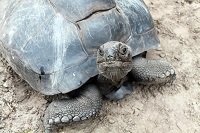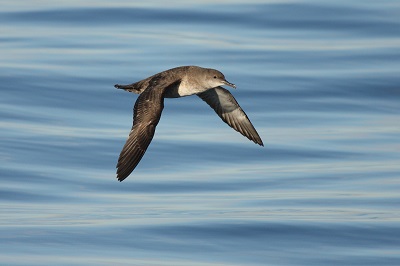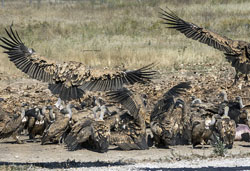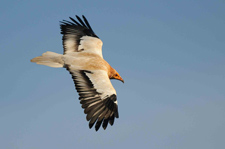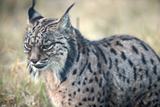A new framework to classify the positive impacts of non-native species will allow conservationists and policy-makers to make better-informed decisions on biodiversity management. This work was published in the open-access journal PLOS Biology and led by Giovanni Vimercati from the University of Fribourg with the collaboration of Montserrat Vilà (Doñana Biological Station -CSIC) and Belinda Gallardo (Pyrenean Institute of Ecology – CSIC).
The Environmental Impact Classification for Alien Taxa, or EICAT, developed in 2014 and formally adopted by the International Union for the Conservation of Nature (IUCN) in 2020, is a global standard for evaluating the impact of non-native species. Yet the framework only assesses the negative impacts on native species. "However, non-native species can also have positive impacts on the native biodiversity where they are introduced, such as providing new food sources or habitats that increase the population of native species or prevent their decline and extinction", explains Montserrat Vilà, Professor of Research at the Doñana Biological Station - CSIC.
To reach a more comprehensive and holistic understanding of the impacts caused by non-native species, the researchers developed a parallel framework for assessing their positive impacts on native biodiversity, called EICAT+, in consultation with experts. EICAT+ evaluates non-native species using five semi-quantitative scenarios that describe the magnitude of positive impacts. The framework also considers the mechanisms underpinning these impacts and how quickly their effects might be reversed if the non-native species were eradicated.
EICAT+ can be applied at different spatial scales, from local to global, and different levels of organization, from individuals to populations, as well as all taxonomic groups. According to Belinda Gallardo, this new framework "can help identify knowledge gaps and expand our scientific understanding of the consequences of biological invasions". Additionally, EICAT+ can "can also inform conservation decisions by highlighting potential unwanted effects of planned control or eradication measures that target non-native species", adds the researcher.
Dr. Vimercati adds, "By recognizing that non-native species have multifaceted impacts on native biodiversity, we developed a new standardized and evidence-based framework for positive impacts that was not available before. EICAT+ fills a critical gap in the field and can be used, among others, to assess how non-native animals or plants deployed in biocontrol and restoration contribute to conservation goals."
Reference:
Giovanni Vimercati et al. The EICAT+ framework enables classification of positive impacts of alien taxa on native biodiversity. Plos Biology. https://doi.org/10.1371/journal.pbio.3001729
Contacto:
Comunicación de la Estación Biológica de Doñana.
(+34) 955 14 94 16
https://doi.org/10.1371/journal.pbio.3001729


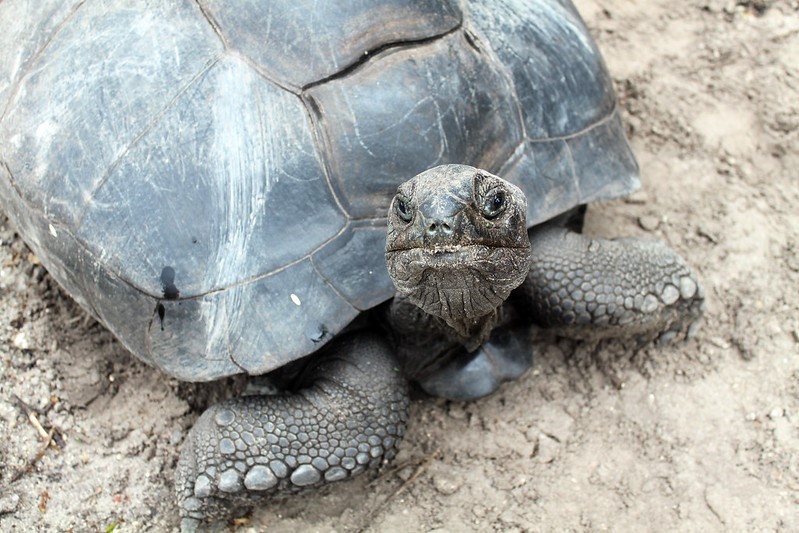
 EICAT+, a new framework to assess the positive impacts of alien species
EICAT+, a new framework to assess the positive impacts of alien species